Ijo Myeonok (이조면옥)
11.8Km 2021-03-29
353, Yangcheon-ro, Gangseo-gu, Seoul
+82-2-3661-3457
It is a famous restaurant where people wait in line to eat naengmyeon (Korean cold noodle) with raw fish. This restaurant's signature menu is cold buckwheat noodles with raw fish. This Korean dishes restaurant is located in Gangseo-gu, Seoul.
Daemun (대문)
11.8Km 2025-05-19
139-6, Sirubong-ro, Dobong-gu, Seoul
Hanjeongsik Daemun (한정식대문)
11.8Km 2021-03-30
139-6, Sirubong-ro, Dobong-gu, Seoul
+82-2-956-0843
It is a Hanjeongsik (Korean Table d'hote) restaurant where you can eat neatly. This Korean dishes restaurant is located in Dobong-gu, Seoul. The representative menu is soy sauce marinated crab.
Sujeonggung (수정궁)
11.8Km 2021-03-29
173, Banghak-ro, Dobong-gu, Seoul
+82-2-3491-0440
It is a store that has been in operation since 1988. This Korean dishes restaurant is located in Dobong-gu, Seoul. The most famous menu is dumpling.
Kyungbokkung - Changdong Branch (경복궁 창동)
11.9Km 2024-07-29
610, Dobong-ro, Dobong-gu, Seoul
+82-2-992-6777
Chefs specializing in Korean dishes use prime meat. This restaurant's signature menu is grilled boneless ribs. This Korean dishes restaurant is located in Dobong-gu, Seoul.
Museo de Videojuegos Netmarble (넷마블게임박물관)
11.9Km 2025-05-08
Digital-ro 26-gil 38, Guro-gu, Seúl
Antigua Casa Kansong (간송옛집)
11.9Km 2025-03-27
Sirubong-ro 149-18, Dobong-gu, Seúl
Deungchon Shabu Kalguksu - Deungchon Branch (등촌샤브칼국수 등촌)
12.0Km 2021-03-27
65, Gangseo-ro 56ga-gil, Gangseo-gu, Seoul
+82-2-2659-9318
This place is known for generous servings and healthy meals. This restaurant's signature menu is noodle soup with mushrooms. This Korean dishes restaurant is located in Gangseo-gu, Seoul.
Baekdu Hanu Gopchang (백두한우곱창)
12.0Km 2021-03-29
291, Gonghang-daero, Gangseo-gu, Seoul
+82-2-3662-3015
Gopchang (tripe) is a popular Korean dish with stir-fried pig intestines and vegetables. This Korean dishes restaurant is located in Gangseo-gu, Seoul. The representative menu is grilled beef small intestine.
Monte Mangusan (Seúl) (망우산(서울))
12.0Km 2021-01-27
San 69-1, Mangu-dong, Jungnang-gu, Seúl
+82-2-2094-2395
El monte Mangusan cruza Mangu-dong y Myeonmok-dong en Seúl, además de la ciudad de Guri, en Gyeonggi-do. Se encuentra a 281,7 metros sobre el nivel del mar. En la montaña está el cementerio Mangu, que fue designado como cementerio público en 1933; desde entonces, mucha gente famosa ha sido enterrada allí, incluido el autor de literatura infantil Bang Jeong-hwan (Sopa), los activistas independistas Oh Se-chan y Han Yong-un, y Ji Seok-young, un lingüista coreano. Además, los restos de grandes poetas como Park In-hwan, Mun Il-pyeong, Seo Byeong-ho, Seo Ong-il, Oh Jae-young, Seo Gwang-jo y Yu Sang-gyu se encuentran allí.
En el parque también hay una calle circular de 5,2 km llamada "Camino para pensar". El nombre fue elegido en una competición pública en mayo de 1998. Gracias a sus grandes árboles y aire limpio, muchos ciudadanos visitan el parque para descansar en la naturaleza.
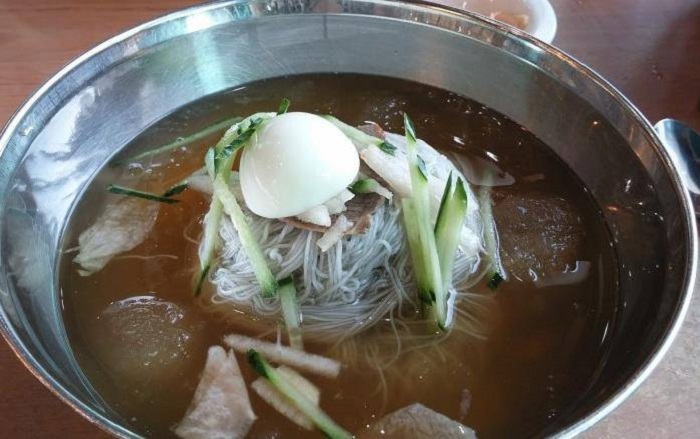

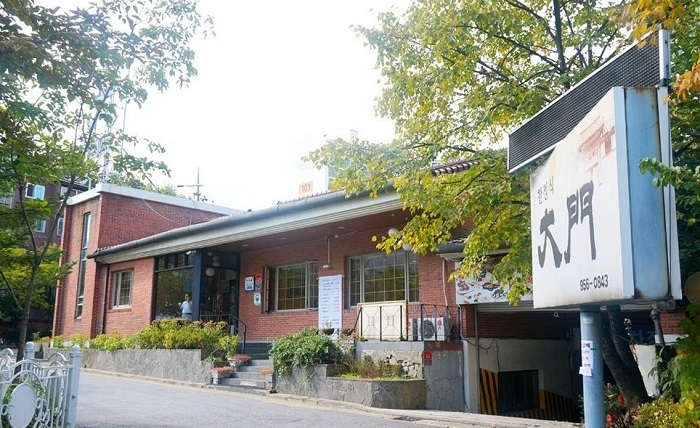
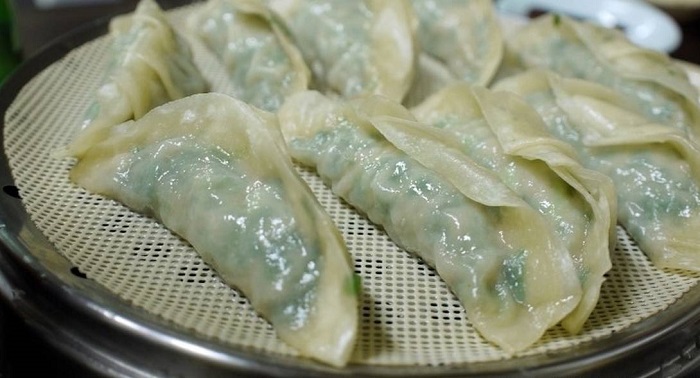
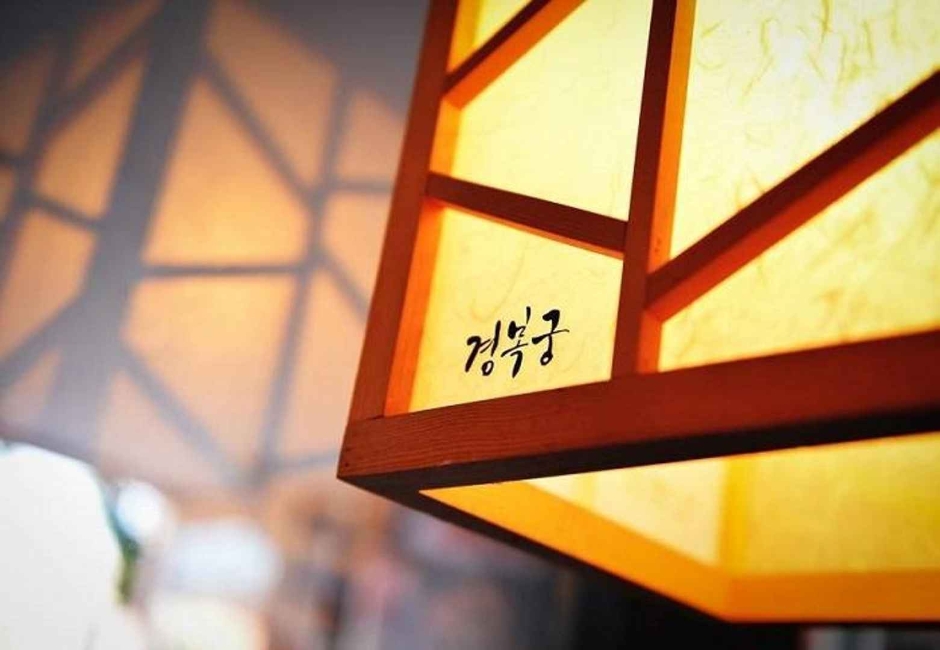
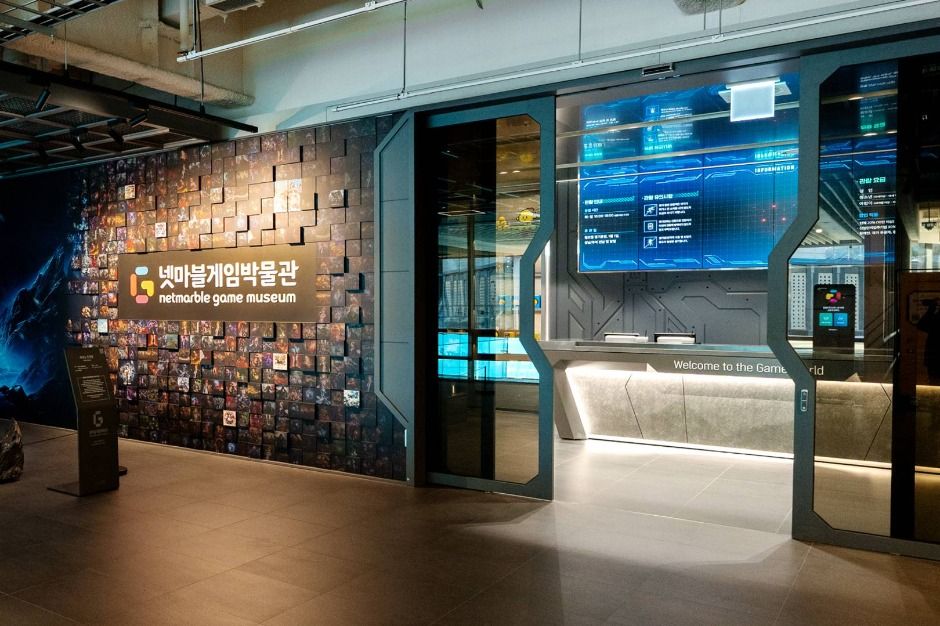

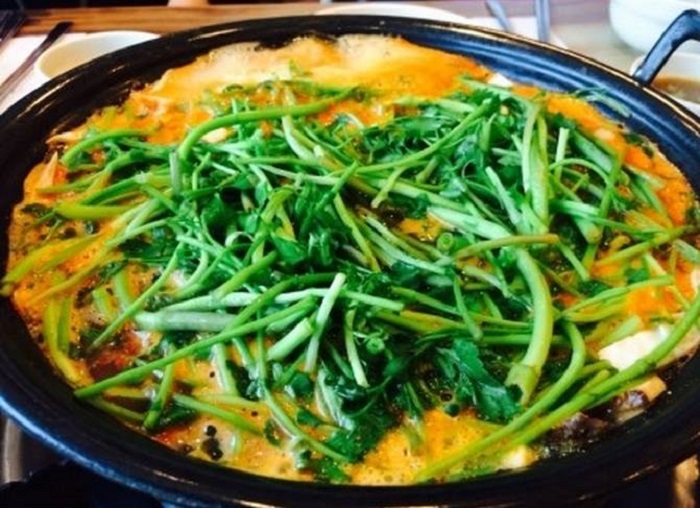
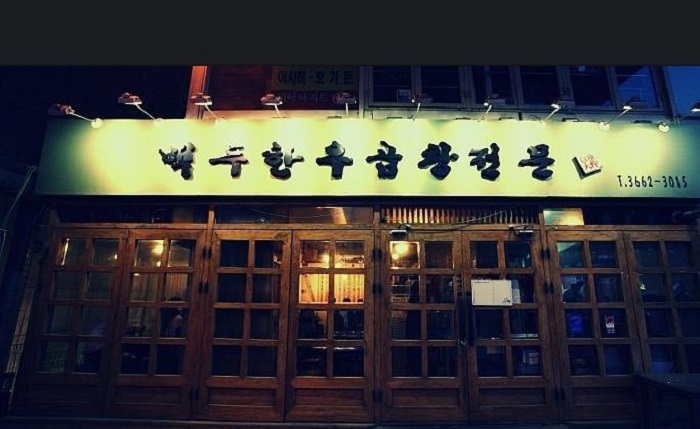
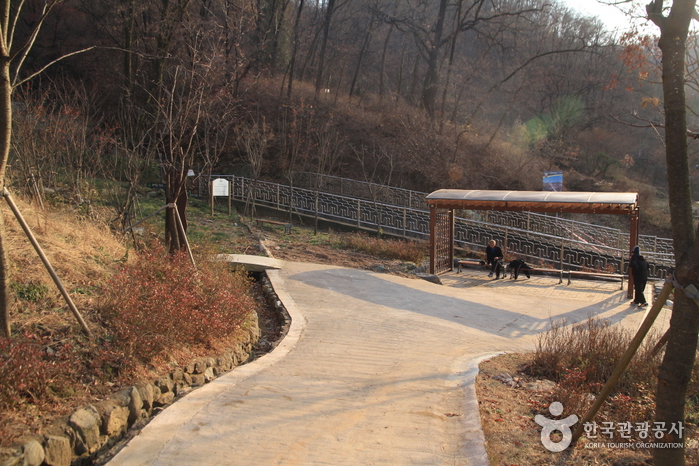
 Español
Español
 한국어
한국어 English
English 日本語
日本語 中文(简体)
中文(简体) Deutsch
Deutsch Français
Français Русский
Русский